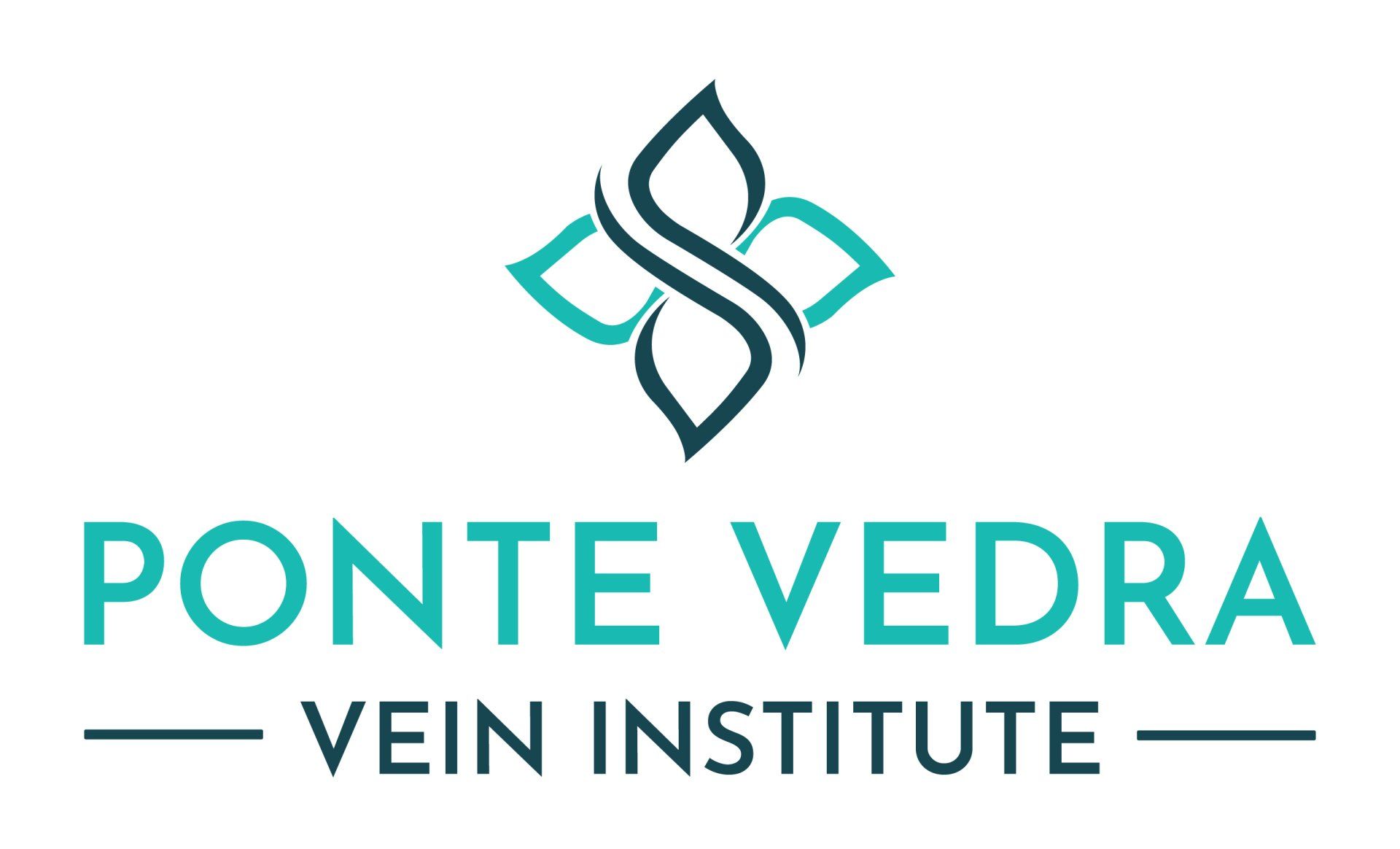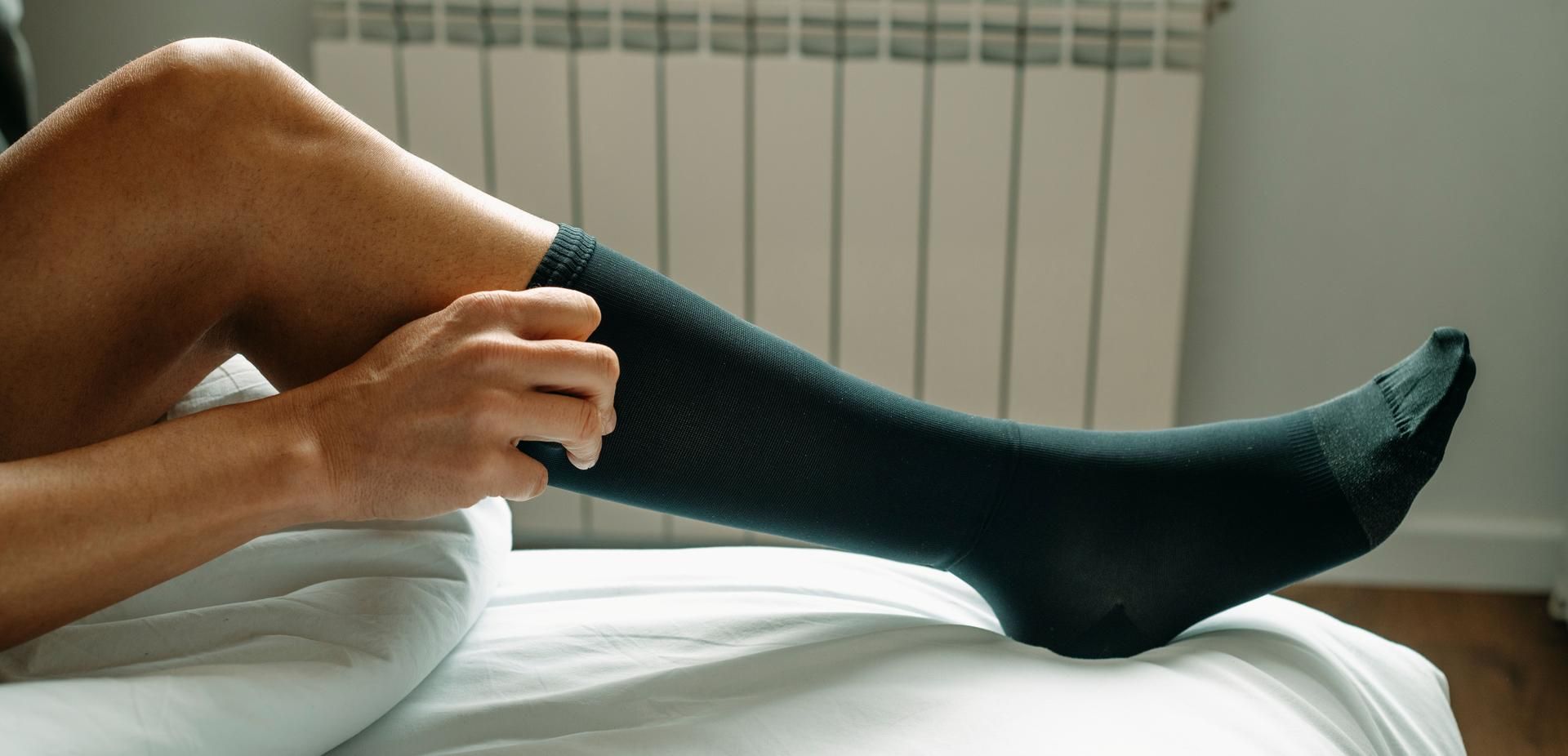Chronic Venous Insufficiency: Causes, Symptoms, Diagnosis, and Treatment

Chronic venous insufficiency (CVI) occurs due to damage to the leg veins. The condition prevents blood in the leg veins from properly flowing back to the heart. Here is what you need to know about chronic venous insufficiency.
What Is Chronic Venous Insufficiency?
Typically, veins in the legs facilitate smooth blood flow back to the heart. When these veins become damaged, they cannot transport blood as usual. Instead, CVI causes the blood to accumulate in the leg veins and exert excessive pressure on those veins.
CVI can affect any vein in your leg. The condition may target the deep veins within the body and pass through the muscles. Sometimes, the disease affects superficial or perforating veins near the skin surface.
What Causes CVI?
CVI is more likely to affect individuals with specific attributes. If you are overweight or clinically obese, you have a higher chance of getting CVI. Pregnant women and people with leg injuries may also get CVI.
Furthermore, if some of your family members have gotten CVI in the past, you may also experience the problem.
Here are other common contributors to chronic venous insufficiency:
- An inactive lifestyle
- Smoking
- Standing or sitting for a long time
- Blood clotting in a leg vein, usually in the thigh or calf
- Inflammation or swelling of leg veins near the skin surface due to other conditions
You can also get CVI if you recently underwent surgery.
What Are the Signs and Symptoms of CVI?
Although many believe varicose veins are the only symptom of CVI, that is not always the case. Some people may have varicose veins but not suffer from CVI. Instead, the most common symptom of chronic venous insufficiency is fatigue.
Also, be on the lookout for swelling in the ankles and calves. If you have CVI, you may have itchy and flaky skin and frequent leg cramps. The skin may also change its appearance and start to resemble leather.
As the condition progresses, open sores and ulcers may appear in the ankles and lower legs. Remember, the symptoms will vary from one person to another.
How Is CVI Diagnosed?
The physician will examine your medical history and conduct various physical tests to determine whether you have CVI. The doctor can also request imaging tests to learn the condition's exact cause.
A venogram is one physical test that can reveal CVI. During the test, the physician will inject a particular dye into the veins. After the injection, you will undergo an X-ray test to provide a clear image of your veins.
Another standard test is the duplex ultrasound, which is usually faster and offers better information. The test involves the placement of a specific gel on your skin and the use of a transducer. The transducer generates sound waves that provide feedback to a computer about blood flow in your veins.
What Are Treatment Options for CVI?
Any treatment for CVI aims to alleviate swelling and improve blood flow in the veins. While a single treatment method can work, most physicians recommend multiple treatments depending on your symptoms and age.
Lifestyle changes usually are the main preventive treatment for CVI. If you become more active by moving around more often, blood flow in your legs will improve. You can also put on compression stockings to exert more pressure on the legs and boost blood flow.
A variety of medical procedures can also help treat CVI. Common non-surgical treatments include sclerotherapy and endovenous thermal ablation. Surgical treatment options include ligation, microincision, vein repair, vein transplant, and vein bypass.
If you have chronic venous insufficiency, seek immediate medical attention. Ponte Vedra Vein Institute provides affordable and reliable treatment for CVI. We have experienced physicians who use cutting-edge technology to treat CVI and other venous diseases. Contact us for more information.











